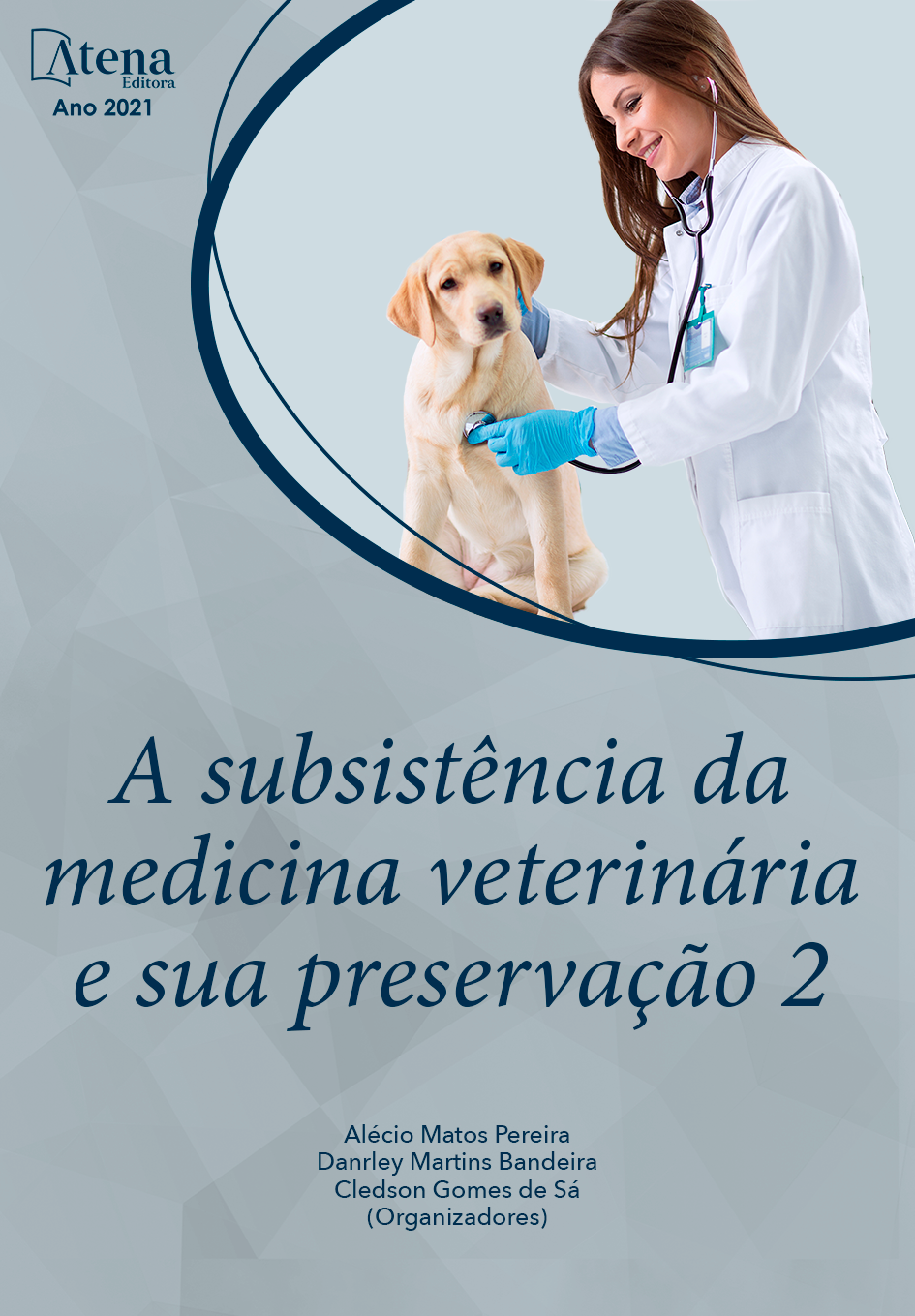
HIPERSENSIBILIDADE ALIMENTAR EM CÃES: A IMPORTÂNCIA DO DIAGNÓSTICO E TRATAMENTO PARA UMA QUALIDADE DE VIDA MELHOR
A hipersensibilidade alimentar está entre as dermatopatias de origem alérgica mais comuns, tendo como principal característica o prurido não sazonal oriundo da ingestão de componentes ou aditivos antigênicos da dieta. Sua imunopatologia ainda não é muito bem definida e chegar em um diagnóstico pode ser complexo, o que exige método, tempo e rigor, pois é baseado na eliminação de outras dermatopatias alérgicas e na utilização de uma dieta de eliminação, seguida do teste de provocação. O prognóstico é considerável favorável e o tratamento consiste em evitar alimentos identificados no teste de provocação, controle de ectoparasitas, terapia tópica com shampoos antimicrobianos, hidratantes e sprays antipruriginosos para reduzir a alergia, assim como o uso de glicocorticoides e imunomoduladores. Portanto, o atual trabalho foi realizado através de levantamento de dados com o objetivo de mostrar a importância do diagnóstico e tratamento da hipersensibilidade alimentar em cães, onde são essenciais a dedicação do clínico e a grande conscientização do tutor, visto que é um processo longo e que exige muitos cuidados. Com isso, espera-se despertar nos profissionais e tutores, o quanto a dedicação de ambas as partes pode fazer a diferença na qualidade de vida do cão.
HIPERSENSIBILIDADE ALIMENTAR EM CÃES: A IMPORTÂNCIA DO DIAGNÓSTICO E TRATAMENTO PARA UMA QUALIDADE DE VIDA MELHOR
-
DOI: 10.22533/at.ed.59821081116
-
Palavras-chave: alergia, dermatopatias, prurido
-
Keywords: allergy, skin diseases, pruritus
-
Abstract:
Food hypersensitivity is among the most common allergic skin disorders, the main characteristic of which is the non-seasonal pruritus resulting from the ingestion of antigenic components or additives in the diet. Its immunopathology is not yet well defined and reaching a diagnosis can be complex, which requires method, time and rigor, as it is based on the elimination of other allergic skin diseases and the use of an elimination diet, followed by the provocation test. The prognosis is considerable favorable and the treatment consists of avoiding foods identified in the provocation test, ectoparasite control, topical therapy with antimicrobial shampoos, moisturizers and anti-pruritic sprays to reduce allergy, as well as the use of glucocorticoids and immunomodulators. Therefore, the current work was carried out through data collection in order to show the importance of the diagnosis and treatment of food hypersensitivity in dogs, where the dedication of the clinician and the great awareness of the tutor are essential, since it is a long and that requires a lot of care. With this, it is expected to awaken in professionals and guardians, how much the dedication of both parties can make a difference in the dog's quality of life.
-
Número de páginas: 10
- Breno Henrique Alves
- Sávio Tadeu Almeida Júnior
- Thaís Helena Carvalho Corrêa
- Hilary Cecília Vitor Custódio
- Dyovana Fernanda Coelho Ferreira
- Joel de Freitas Paródia Júnior
- Laíra Fernandes Dias


